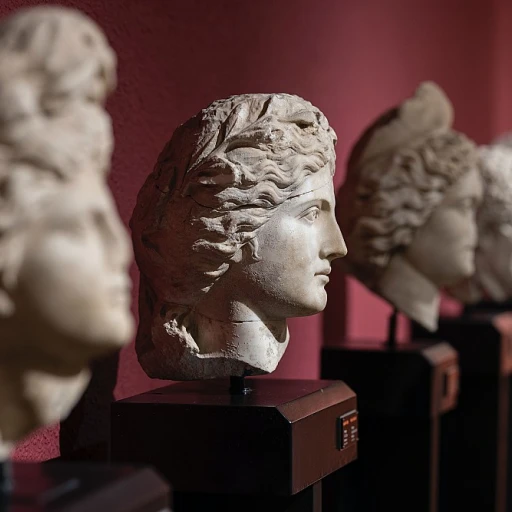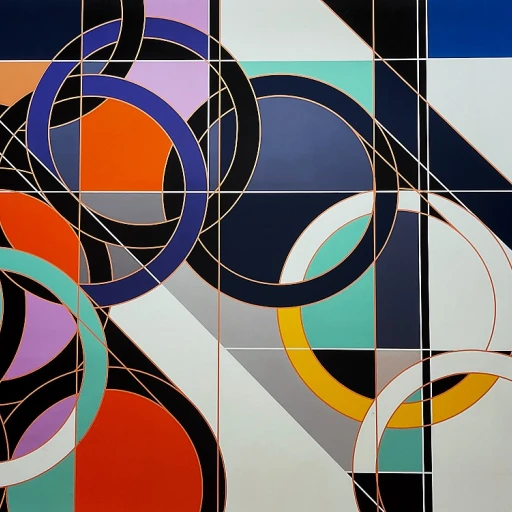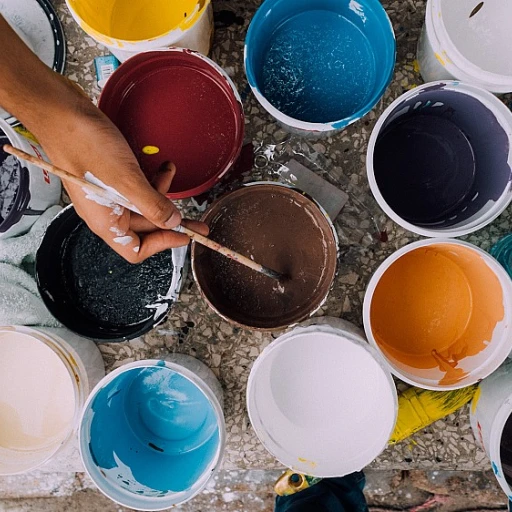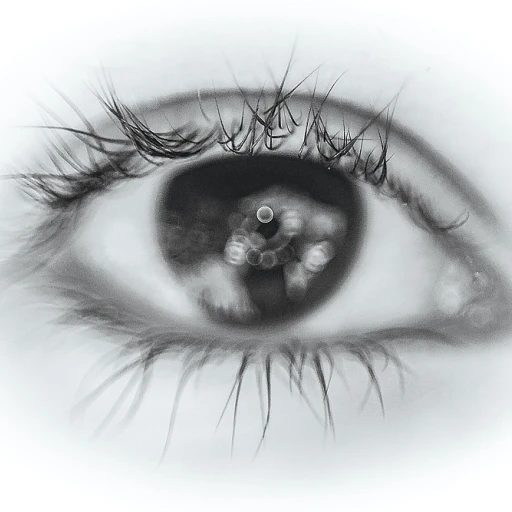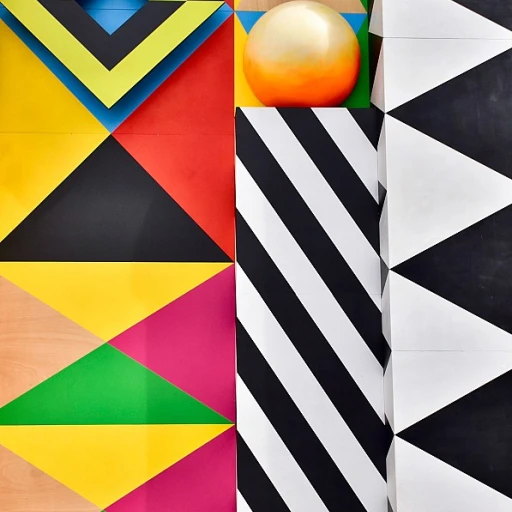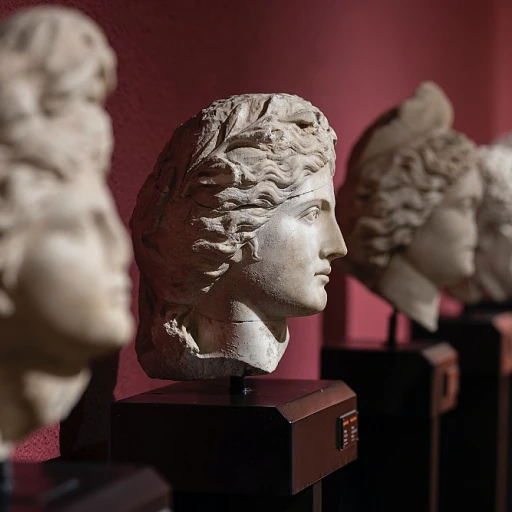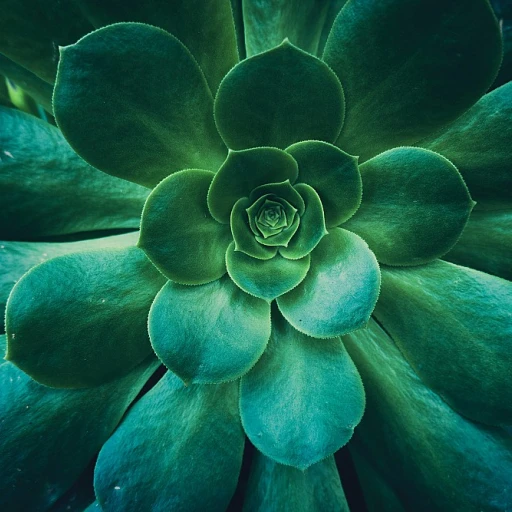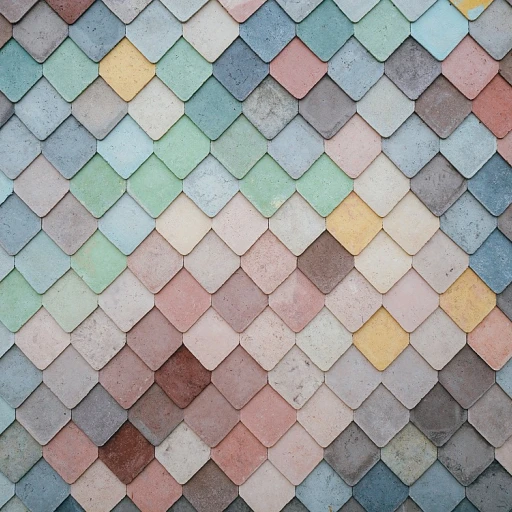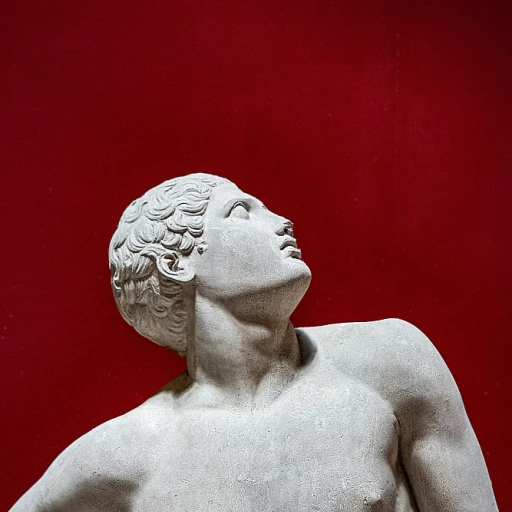-teaser.webp)
The Intersection of Architecture and Art
Architectural Harmony with Artistic Expression
The allure of mid-century modern cabins lies in the seamless blend of architecture and art, where each space is a canvas reflecting the beauty and functionality of design. Renowned for their clean lines and organic simplicity, these cabins capture the essence of a post-war era that celebrated the harmony between indoor luxury and the natural world outside. Mid-century modern style is encapsulated by open floor plans and large windows that invite light into the living room, dining room, and kitchen, bridging the gap between the interior design and the surrounding environment. These modern cabins are not just homes in the traditional sense; they are carefully curated experiences designed to enhance one's connection with nature while providing luxury living. In the heart of these cabins, materials such as wood are pivotal. They are not merely structural elements, but artistic components that add warmth and character to the spaces they define. The fireplace, often the centerpiece of a cabin living room, embodies the fusion of functionality and artistic flair, offering both warmth and a place for family gatherings. Attention to detail in the architectural design extends to every corner, influencing the selection of artwork that adorns the walls. Explore the allure of Salvador Dalí's art prints to appreciate how surrealism complements the simplicity of the mid-century modern style, enhancing the visual and emotional appeal of these remarkable cabins. The narrative of these cabins is further enriched through the careful selection of materials and textures, which are discussed in detail in the following sections. The delicate balance between art and architecture ensures that mid-century modern cabins remain timeless symbols of elegance and an enduring testament to mid-century innovation.Iconic Artists and Their Influence
The Artistic Titans Who Shaped Mid-Century Modern Cabins
When stepping into a mid-century modern cabin, one cannot help but appreciate the seamless blend of architecture and art that defines these spaces. This synthesis of functionality and form is profoundly influenced by the artistic visions of prominent creators from the era. These visionaries have shaped the way we perceive cabin interiors, and their impact is unmistakable in every corner. In the realm of mid-century modern design, the emphasis on clean lines, organic forms, and innovative use of wood and other materials was largely driven by the artistic movements of the time. Architecture plans for these mountain retreats frequently relied on artists who valued simplicity and open space. Works that complemented the natural surroundings of cabins have become essential to interior design strategies, inviting individuals to connect deeply with both art and the environment. Paintings, sculptures, and custom furniture pieces often featured in logs or frame cabins, articulate minimalism and yet offer a bold pigment to the otherwise neutral palette of woods, cement, or stone. These artworks are not just decorative; they play a substantial role in defining the identity and ambiance of the homes, extending their influence even to the kitchen and dining room where practical meets artistry. The artists who contribute to these spaces often draw from the rich reservoir of modern and nature-inspired themes, connecting cabin living to broader artistic movements. They encapsulate essence through innovative techniques, making each modern cabin a masterpiece in itself. This art-centric approach makes mid-century homes stand out, adding a timeless allure that's both a celebration and preservation of modern design. This fascinating convergence of architecture and the arts is further explored in the elegance of art deco and mid-century modern in luxury artwork, illustrating how these timeless influences continue to resonate within interior design, captivating the essence of the modern era while preserving an ever-enduring legacy.Curating Art for Mid-Century Spaces
Creating a Seamless Blend of Art and Space
When it comes to curating art for mid-century modern cabins, one must approach the task with both precision and elegance. This style seamlessly blends architecture with artwork, transforming living spaces into cohesive masterpieces. The dining room, living room, kitchen, and even the fireplace area serve as canvases for bold, thoughtfully selected pieces that echo the geometric simplicity and elegance of the mid-century era.
The art chosen for these spaces has the power to enhance and define the atmosphere of a modern cabin, often by complementing its surrounding elements. For instance, in a cabin interior swathed in rich, warm woods, art pieces composed of natural materials or showcasing earthy tones can provide harmony and balance.
Incorporating iconic mid-century art pieces brings not only visual pleasure but also an appreciation of the historical facets enveloped in these timeless works. These pieces, coupled with the innate beauty of mid-century architecture, through thoughtful positioning and lighting, create a vibrant dialogue between art and space. Each room, whether a cozy mountain retreat or a sleek mid-century modern house nestled by a serene lake, can be uniquely curated to highlight personal style while staying true to the era's design principles.
In selecting art for these beautiful homes, one must consider the original materials such as leather, metal, and wood, which echo the authenticity of mid-century design. Artwork that amplifies these textures can intensify the allure of a mid-century modern room, drawing attention to the interplay of color, form, and space that characterizes the period.
For luxury artwork connoisseurs, the act of curating becomes an extension of personal expression, where each piece of art is an investment that contributes not only to the aesthetic but also the value of one's stunning living environment. Embracing the mid-century ethos while making prudent art investments ensures that the legacy of these elegant spaces endures.


